|
When one thinks of a museum in Mumbai, one tends to think only of the Chatrapati Shivaji vastu sangrahalaya - or the Prince of Wales museum, as it was formerly known. It is a very nice museum - lovely convenient location, extensive collection, lovely building and all that. But there is one museum in Mumbai which is far older - The Dr Bhau Daji Lad museum at Byculla! It was first conceived as ‘The Central Museum of Natural History, Economy, Geology, Industry and Arts’ and was the first museum in Bombay - way back in 1855!
May 1st is celebrated for many reasons… it is internationally famous as ‘International Labour day’ to commemorate various movements all over the world for worker’s rights. It is also ‘May Day’ - officially the ‘first day of summer’ for western countries since antiquity. It used to be celebrated as ‘Floralia’ by the ancient Greeks where they used to celebrate the goddess of love - Aphrodite and the god of wine - Dionysus - and I assume the festival involved a lot of drinking and lovemaking. Nowadays they have Mayday parades and dancing around Maypoles and May queens.
Alfred, Lord Tennyson even wrote a poem about it - ‘The May queen’ - ‘You must wake and call me early, call me early, mother dear; To-morrow ’ill be the happiest time of all the glad New-year; Of all the glad New-year, mother, the maddest merriest day, For I’m to be Queen o’ the May, mother, I’m to be Queen o’ the May.’
In India, we are already well into the hot summer by May, and our version of Floralia - Holi - is already over. We no longer celebrate wine or lovemaking - both are rather frowned upon officially! You need a license for one, and closed doors for the other.
But in Maharashtra we do have another reason to celebrate the 1st of May - It is celebrated as ‘Maharashtra day’ - the day that the states of Maharashtra and Gujarat were carved out from the erstwhile Bombay state. Nipposan Myohoji Japanese Buddhist temple
Mumbai is full of small wonders, and the only thing that stops us - well...stopped me...from stopping to check them out is that we are busily going from one place to another and have no time to stop and explore them. One such thing for me was the enigmatic temple with a very Japanese name - I had seen it a zillion times while travelling on that road, but had never stopped to actually check it out. But now I said that I will make a point of it - and cycled there to check it out. The Nipposan Myohoji Japanese Buddhist temple turned out to be a little wonderland! An oasis of peace in busy Mumbai.
(This is an old ride - pre Corona :) )
Another Sunday, another day of exploring Mumbai by cycle. I was totally into this project - combining physical exercise with the zen of cycling and exploring the city. Inspite of having lived in Mumbai all my life, and having seen it a zillion times - I had never actually been to Haji Ali dargah - one of the icons of Mumbai. So today was the day - I left early morning to tick that off my list. I set out from Chembur and made my way first to Worli sea face - it was a really fun experience to ride the empty Mumbai roads and go up and down a number of flyovers to reach Worli and it is always fun to cycle on the sea face. The place is so full of positive vibes in the early morning - filled with walkers, joggers, cyclists and exercises of every description. The BMC (or whoever) has done a great job of putting up a number of interesting things out there - statues of R K Laxman’s ‘Common man’, benches... I was doing a project of exploring Mumbai - it had started by me starting cycling! I started cycling as a new project for the year - it started by being a fitness thing, but I got bored of going around in circles and started going further and further and exploring and discovering unknown parts of Mumbai (well...unknown to me at least) on cycle. By this time I had gone and explored various ancient forts of Mumbai - Sion, Sewri, Mahim, Worli, Bandra, Dharavi - by cycle. (You can check out the blogs by clicking on the links)
After doing this, the exploration bug kicked in a little more, and I started exploring even without a cycle. While going over the lists of tourist attractions in Mumbai - I saw that one of the main attractions was Mani Bhavan - Mahatma Gandhi's memorial in Mumbai. It was on the lists of all the Mumbai tour operators trips - and every firang visitor to the city seems to have seen it ... but I had never done so. It had never been in my mindspace at all - I had not known of it, not wanted to see it. Well - this is 'diya tale andhera' stuff, and so I decided to check it out. My friend Vijay claimed to know it well - as it was just behind his college - the Wilson college, Marine drive - and so we agreed to check it out together. I took an Uber and reached the place - and there was no sign of Vijay! He was late as usual. The building was in a fancy neighborhood - Laburnum road, just off Marine drive. I thought rather cynically that Gandhi seemed to have chosen to live with this rich seth in a fancy location, rather than in a poor and humble place. As per the Wikipedia entry - 'Mani Bhavan was Gandhi's Mumbai headquarters for about 17 years, from 1917 to 1934. The mansion belonged to Revashankar Jagjeevan Jhaveri, Gandhi's friend and host in Mumbai during this period. It was from Mani Bhavan that Gandhi initiated the Non-Cooperation, Satyagraha, Swadeshi, Khadi and Khilafat Movements. Gandhi's association with the charkha began in 1917, while he was staying at Mani Bhavan. Mani Bhavan is also closely associated with Gandhi's involvement in the Home Rule Movement, as well as his decision to abstain from drinking cow's milk in order to protest the cruel and inhuman practice of phookan meted out to milch cattle common during that period.' In 1955, the building was taken over by the Gandhi Smarak Nidhi in order to maintain it as a memorial to Gandhi - and I wonder if they paid the family anything for this prime piece of real estate? It would be worth many hundreds of crores today! I wonder what the family of Jhaveri seth feel about it now :) I was looking through old boxes of photo albums, looking for photos of long ago trips to put in the photo galleries of my book 'One Man Gets The Sack' when I found this awesome comic strip I had created when I was 13 years old.
|
Categories
All
Hi thereI blog about my travels - and the thoughts they set off! Sometimes the simplest destinations can be the most thought-provoking! Archives
May 2022
|

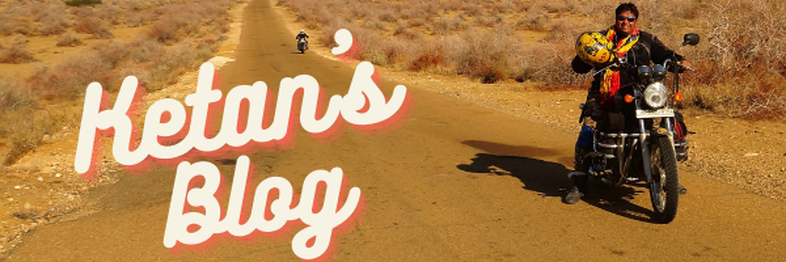
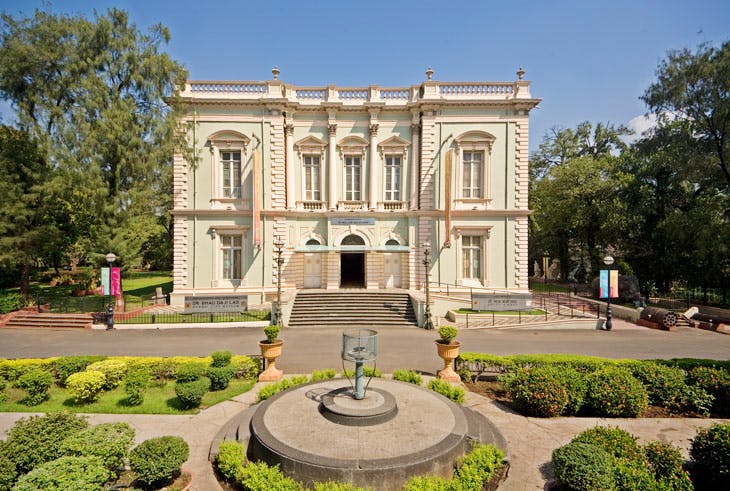
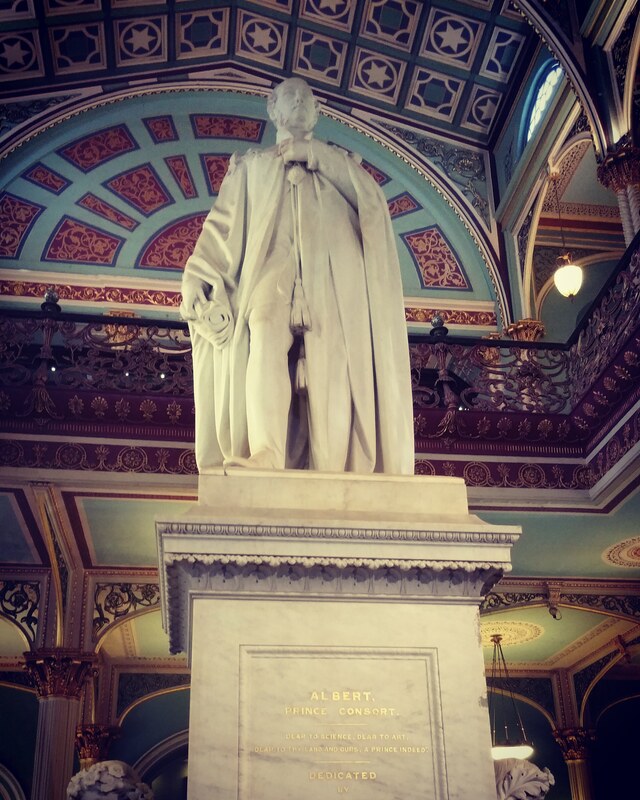
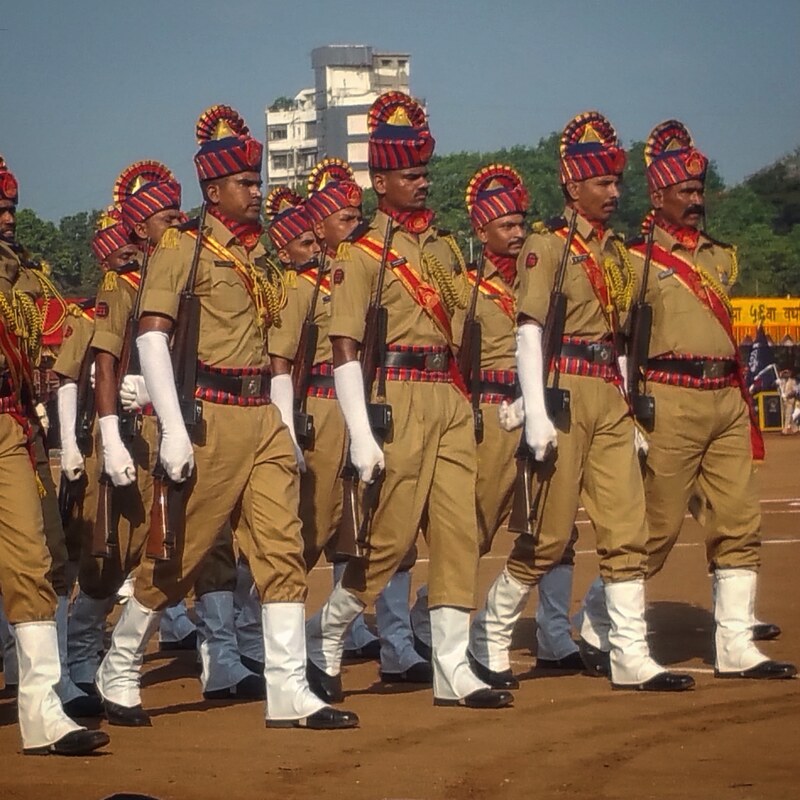
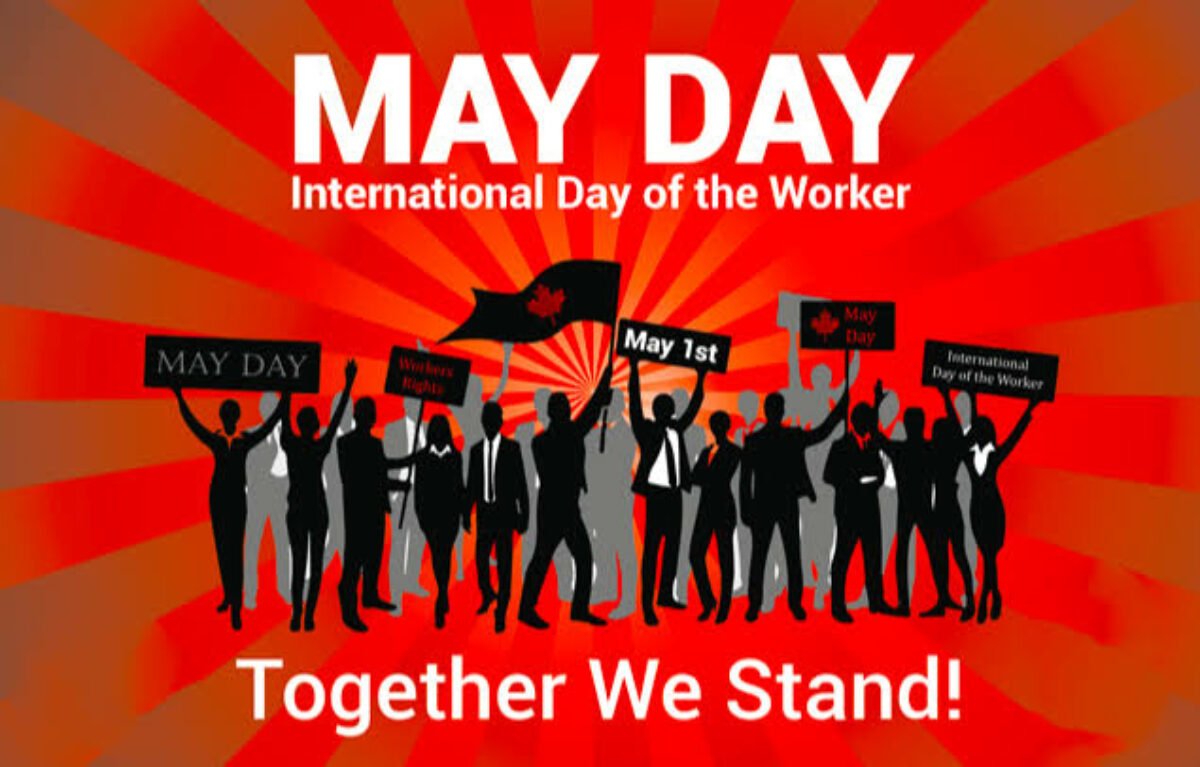
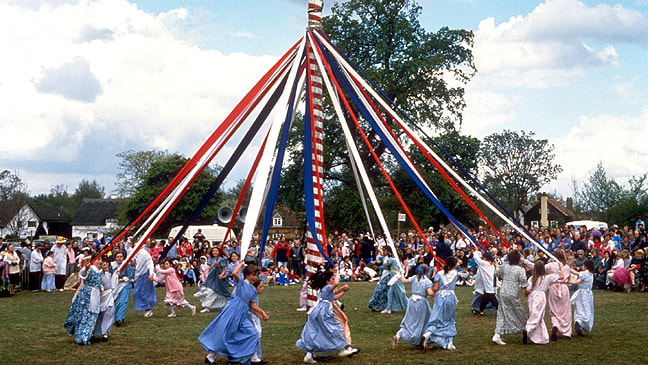
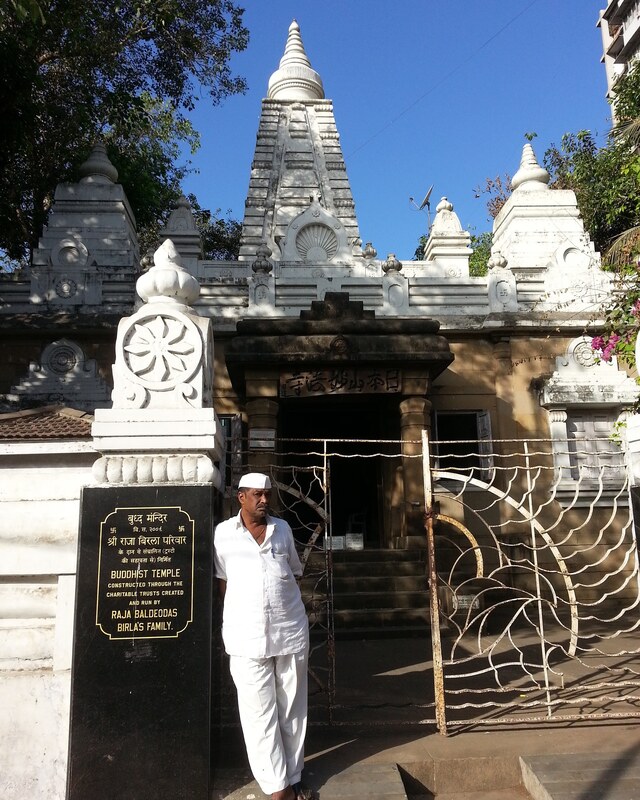
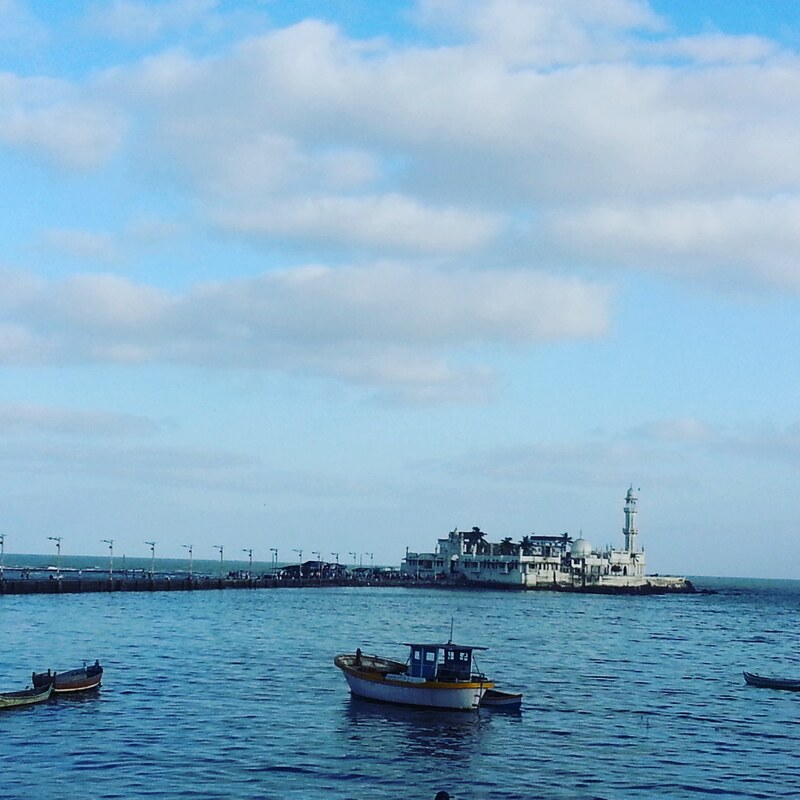
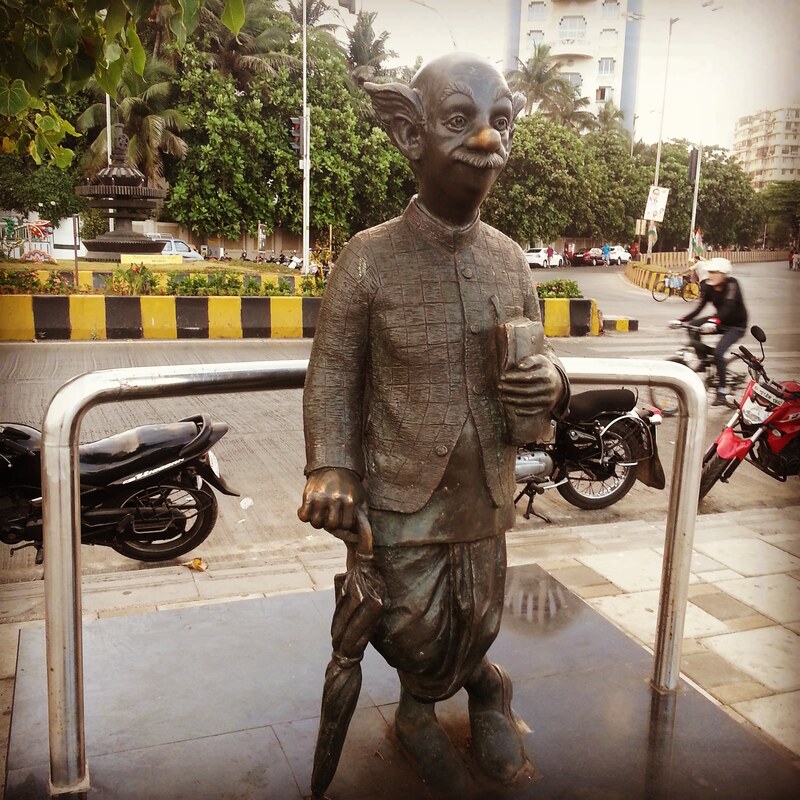
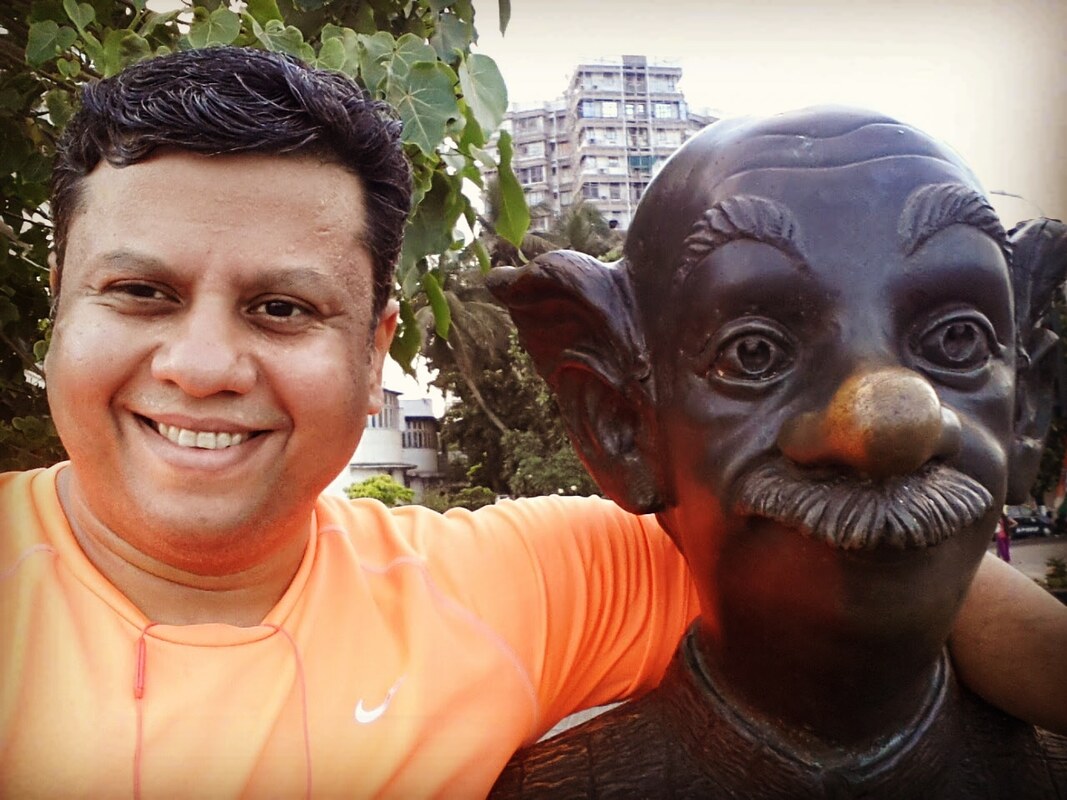
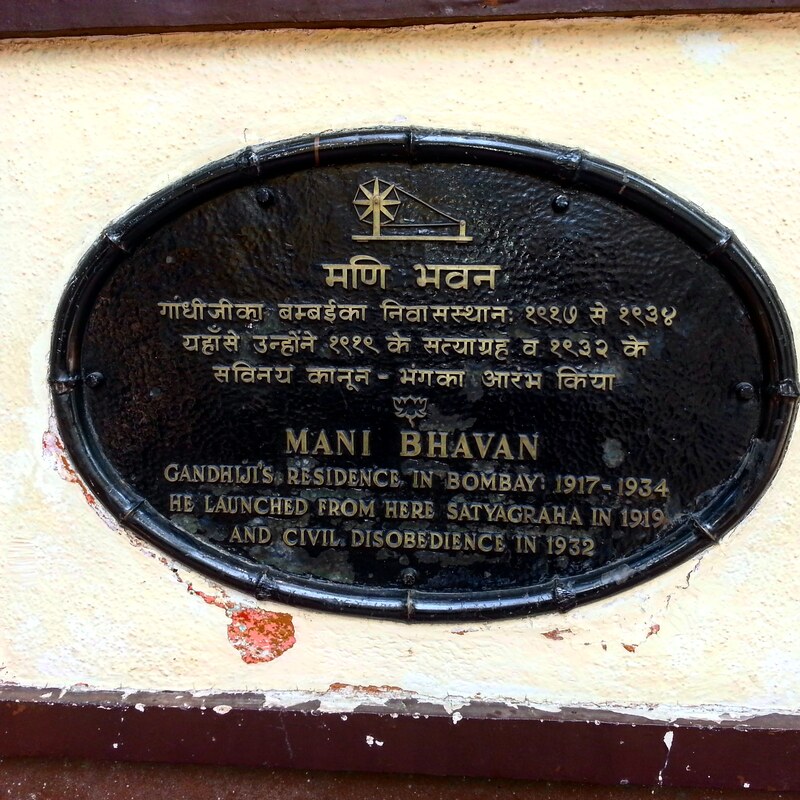
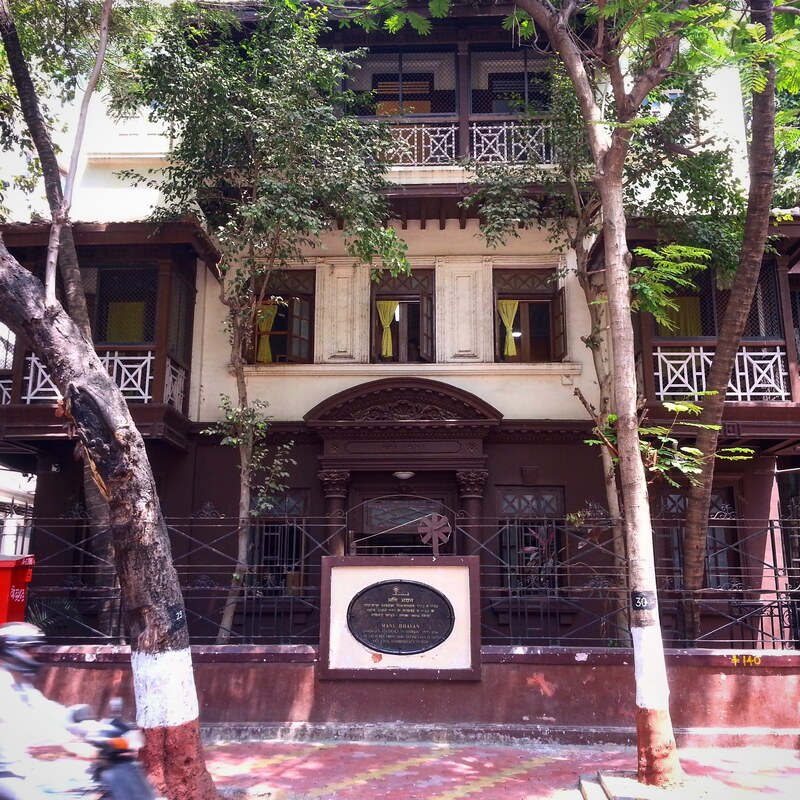
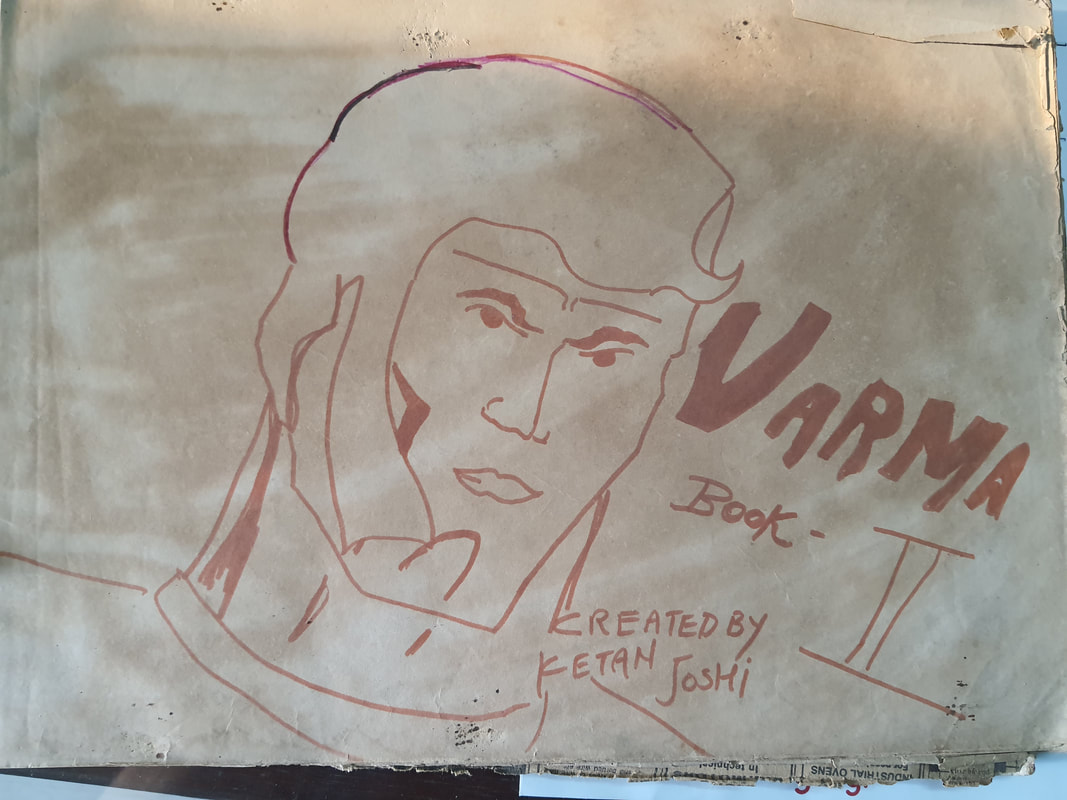
 RSS Feed
RSS Feed

